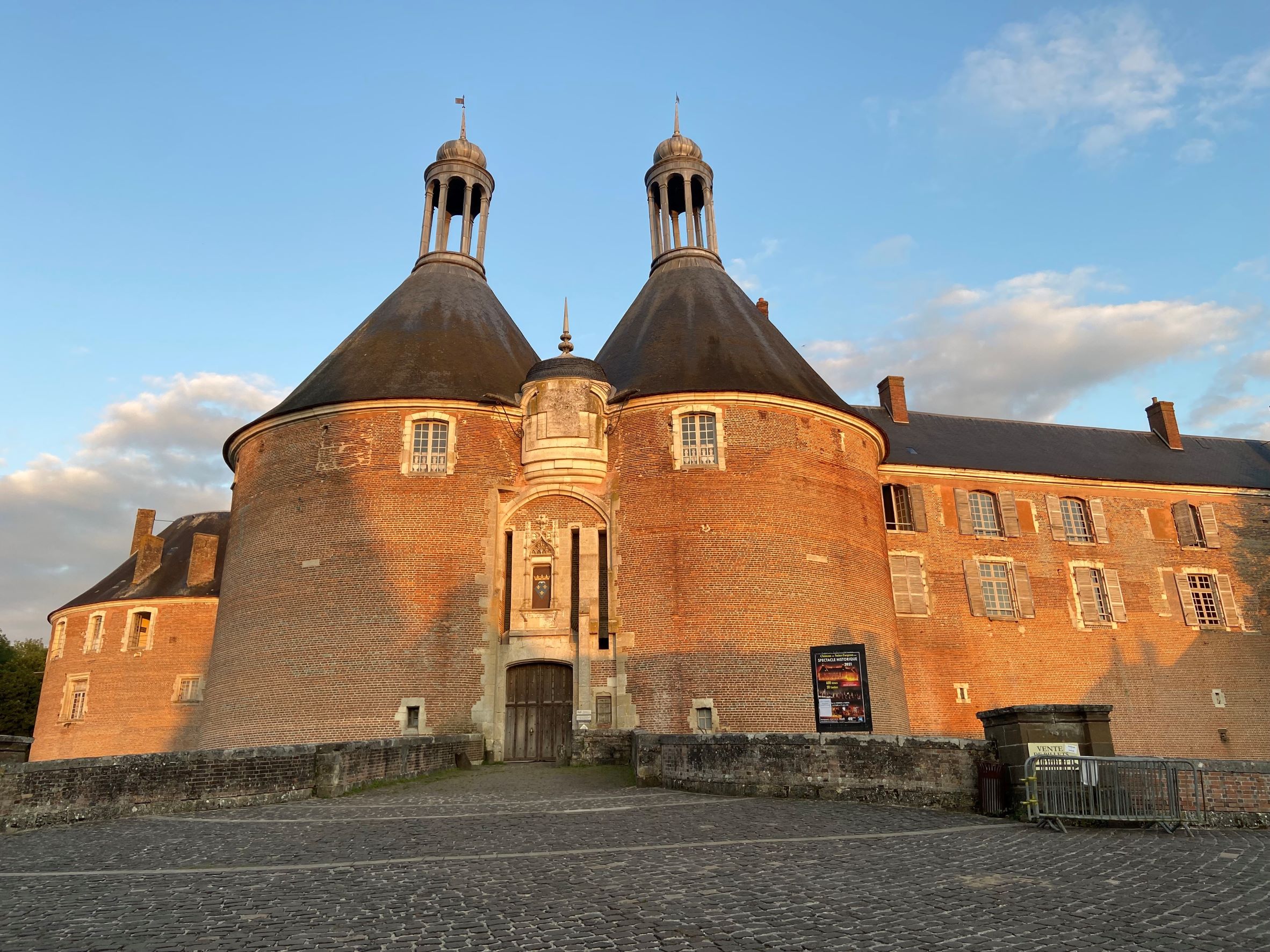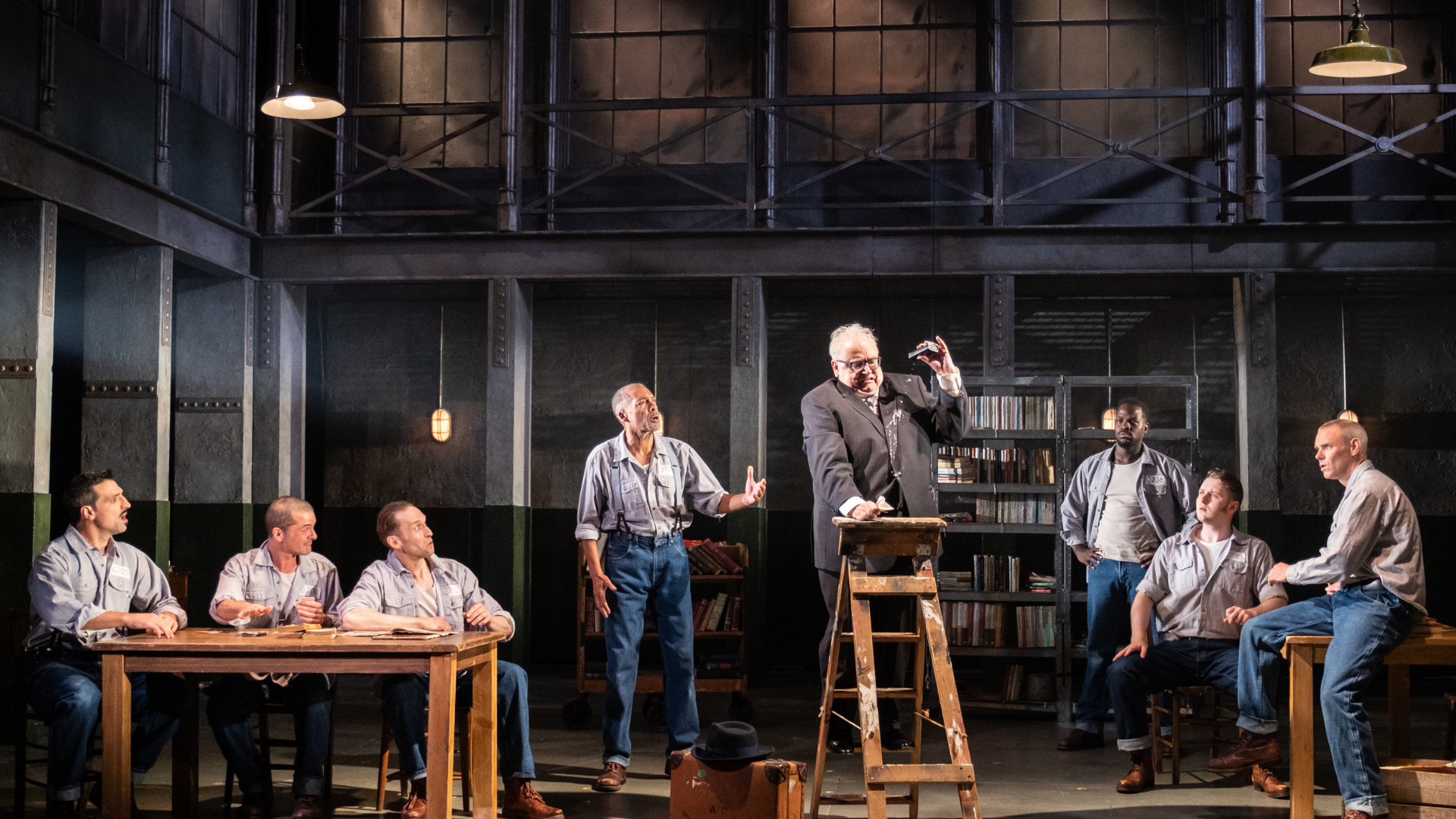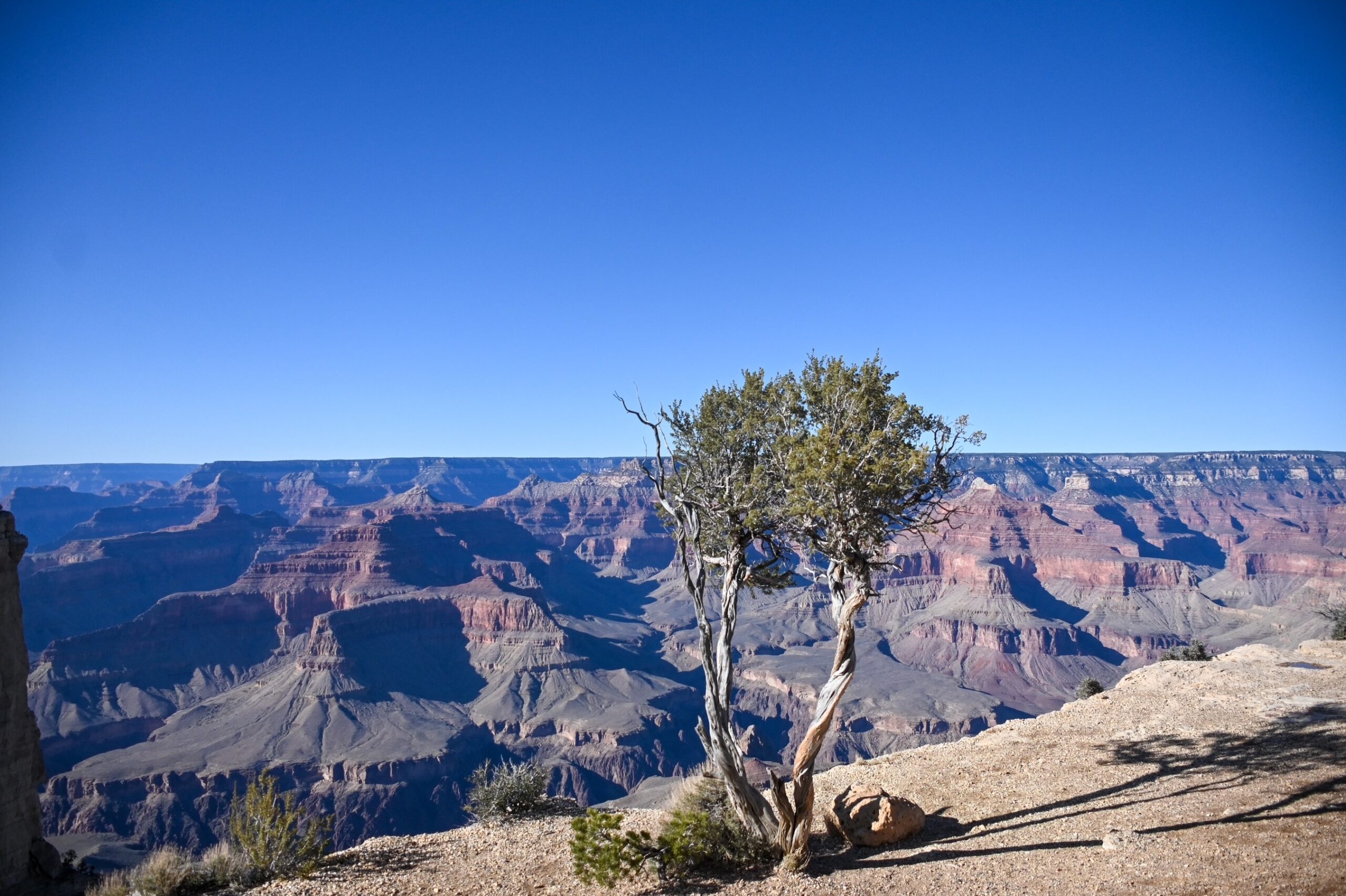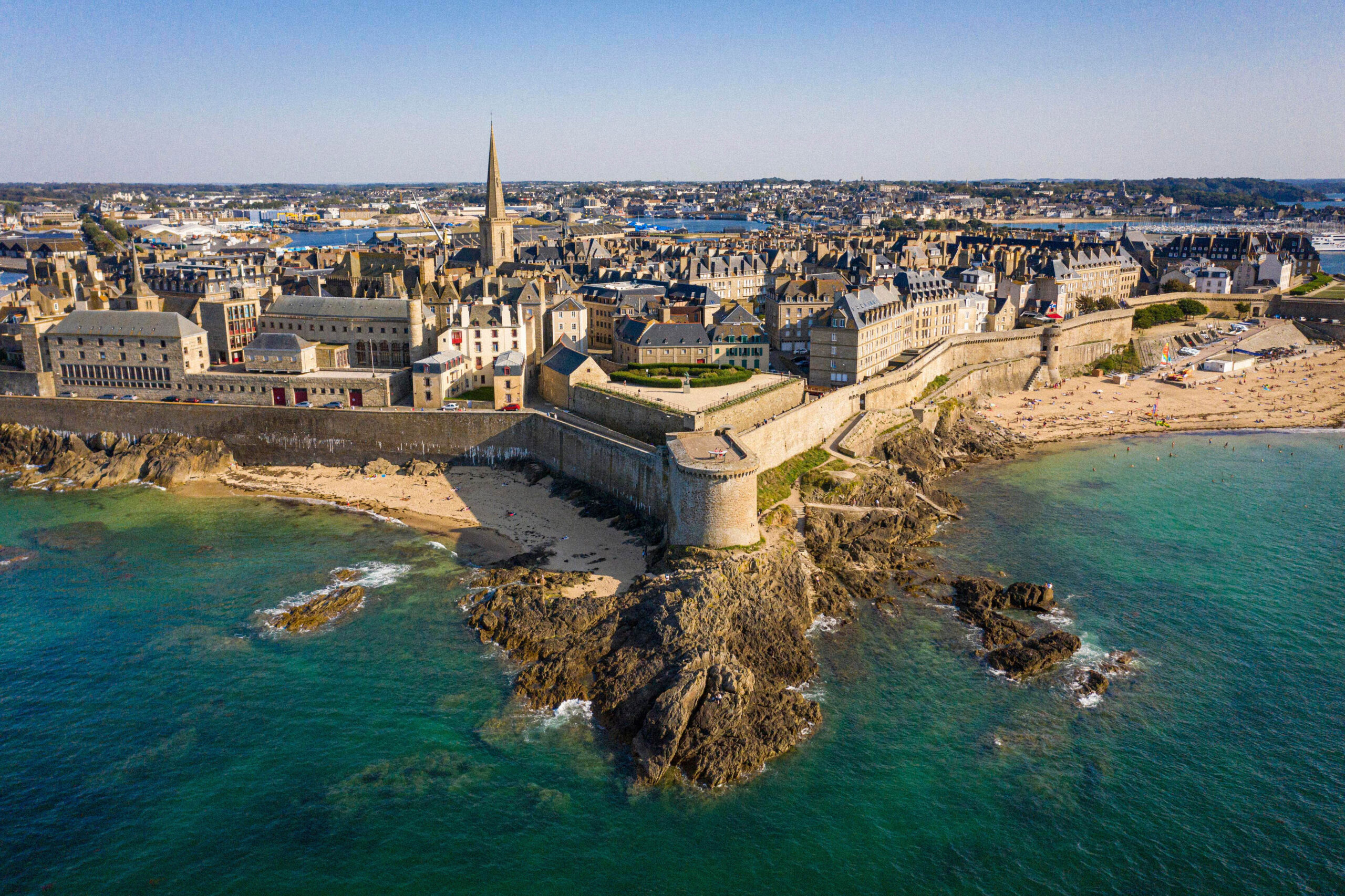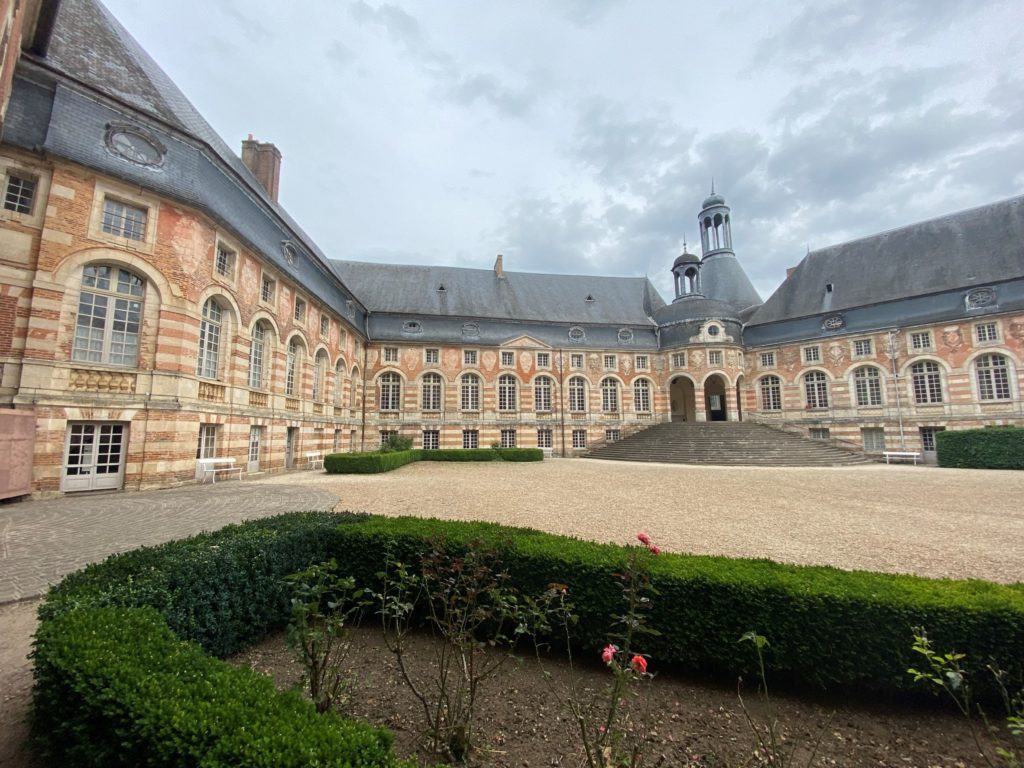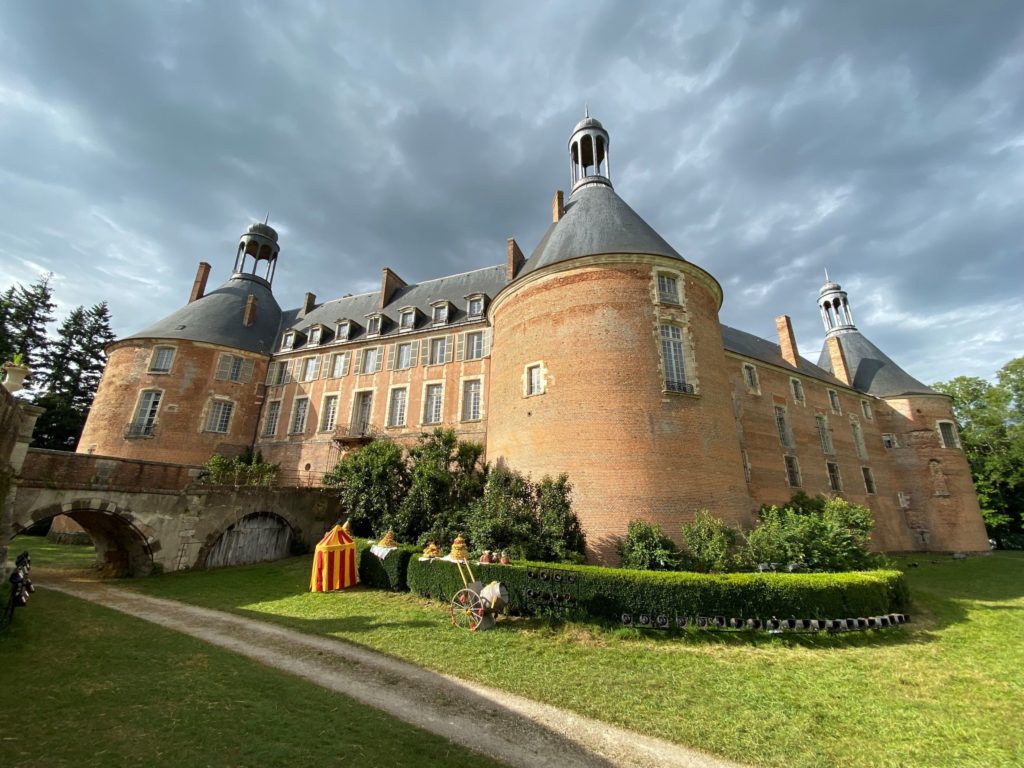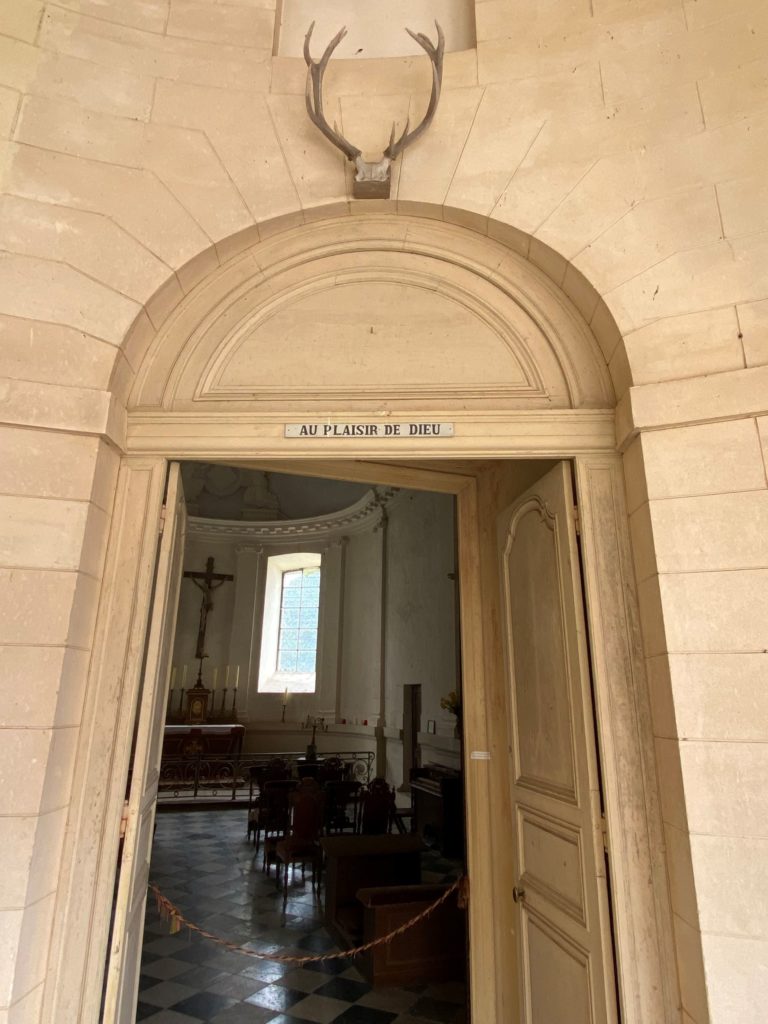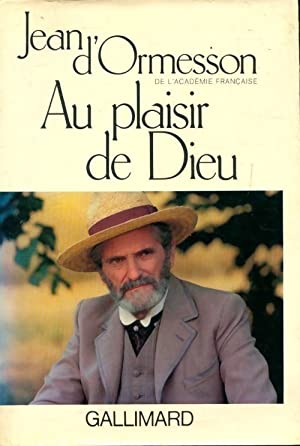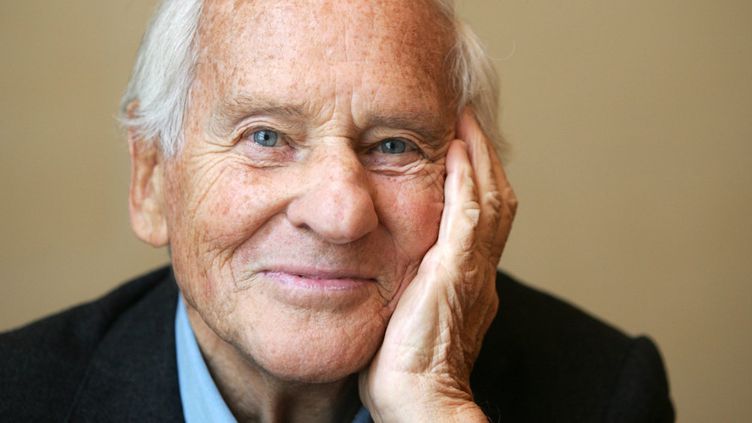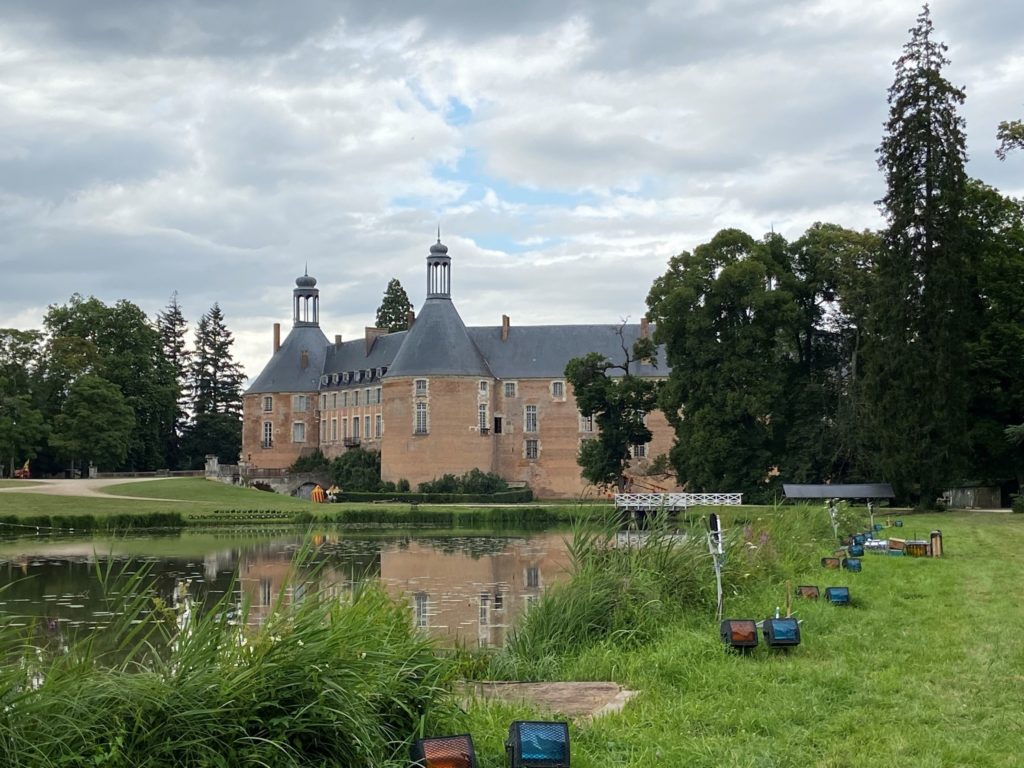One of the highlights of our trip France this summer was our short stop at the Saint-Fargeau Castle, in the Yonne department. It is located a little bit away from Burgundy’s most touristic corners, hidden amidst immense forests who also harbor Guédelon, where a fortified castle is being built from scratch using medieval techniques.
At Saint-Fargeau, the massive round towers topped with elegant lanterns at each of the building’s angles add a touch of bonhomie to this mighty Renaissance château. The tender pink of the bricks under the afternoon sun change to orange at sunset. The invitation to stay after the visit for the night show becomes then very tempting.
On this long summer evening, we thus sat on wooden benches between the pond and the harmonious castle’s façade. As the night advanced, the torches were lit, and we let ourselves be embarked by a show entirely played by hundred volunteers from the village and the region. It was a fascinating trip into the history of the castle and its village: equestrian performances, a chivalry tournament, religious wars, lootings and fires, revolutions, World Wars and scenes of daily life in the countryside were punctuated by humor and special effects.
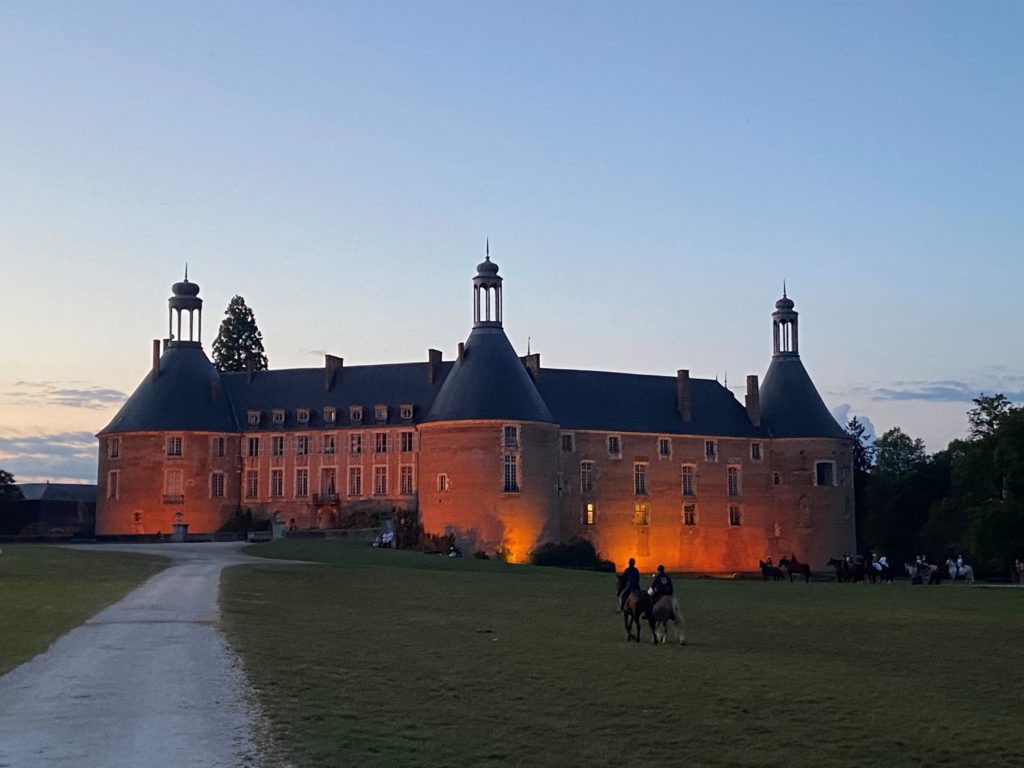
As we were leaving the estate walking through the interior court where the hunting horns were playing, it was impossible not to make the connection to Jean d’Ormesson’s novel. The late dean of the Académie Française titled his book « Au Plaisir de Dieu (At God’s Pleasure) », the family motto inscribed above the chapel’s door. And even if, in his novel, unfortunately not available in English, the blue-eyed academician did set the fictional Plessis-lez-Vaudreuil castle in the Haute-Sarthe, it is indeed at Saint-Fargeau, which belonged then to his mother’s family that the writer spent a few years in his youth. Moreover, the excellent TV series adapted from the book – fully available in French on Youtube– was shot in the same château.
« Au Plaisir de Dieu » tells the story of the Plessis-Vaudreuil aristocratic family from the early 20th century until the end of the 60s. Jean d’Ormesson looks tenderly but without complacency at this lineage. The patriarch, Sosthène, Duke of Plessis-Vaudreuil is from another era, faithful to the white flag of the Royalists, but will nevertheless go across the century serving as a rallying landmark for his children, grandchildren and great grandchildren lost and unsteady among history’s upheavals : killed in the trenches, following Dada and the surrealists’ latest fancies, ruined by the stock market crash, rivals in both camps of the Spanish Civil War, disappointed by Marxism and Fascism, resistant and collaborators during World War II, and eventually forced to sell the castle. In the midst of these tempestuous events, every summer, the family reunites around the stone table in the linden’s shadow, first to change the world and later to heal their wounds.
